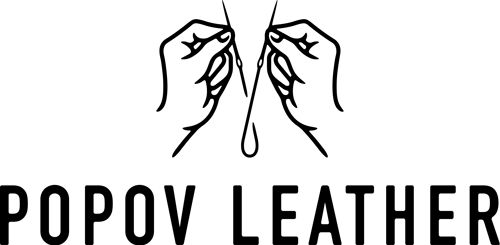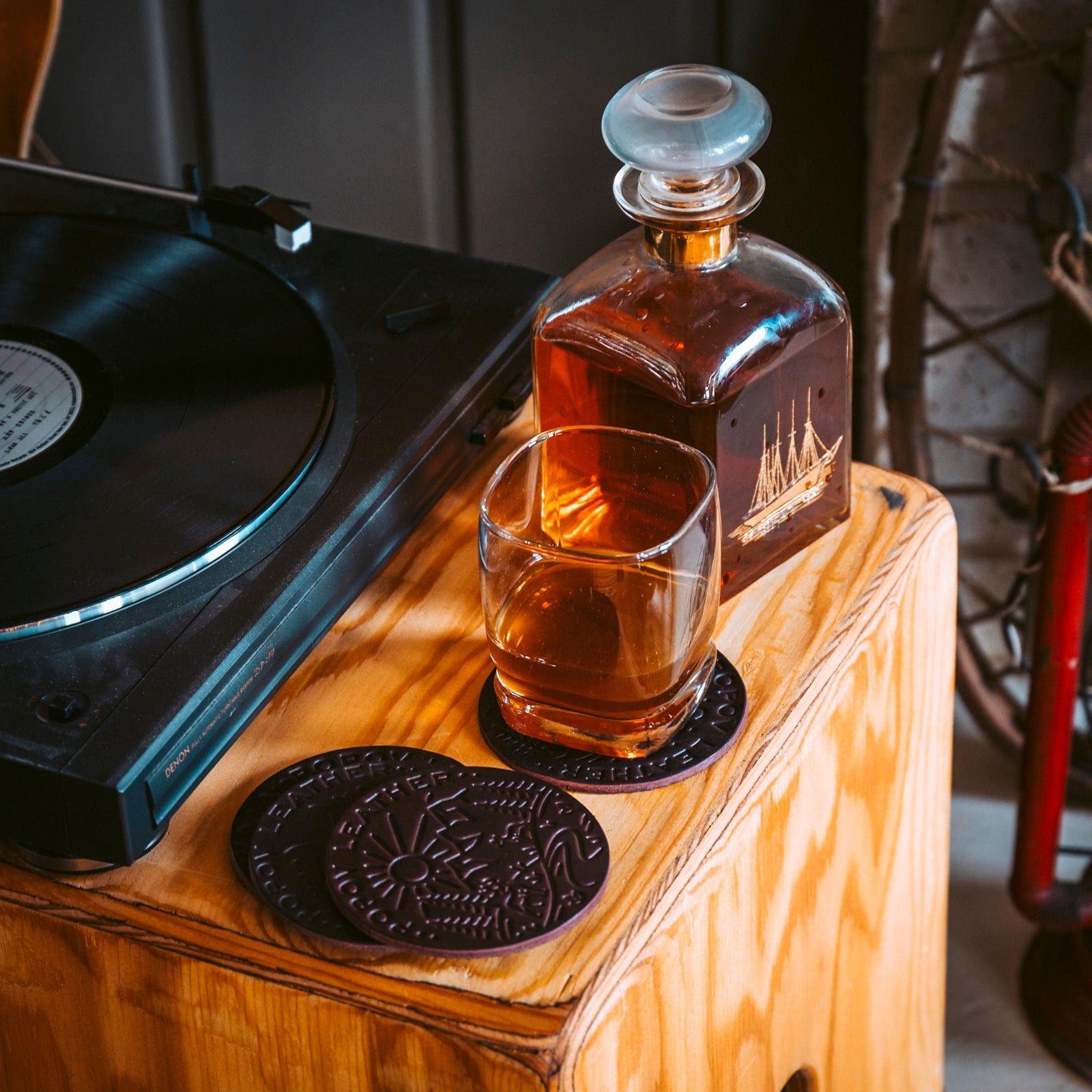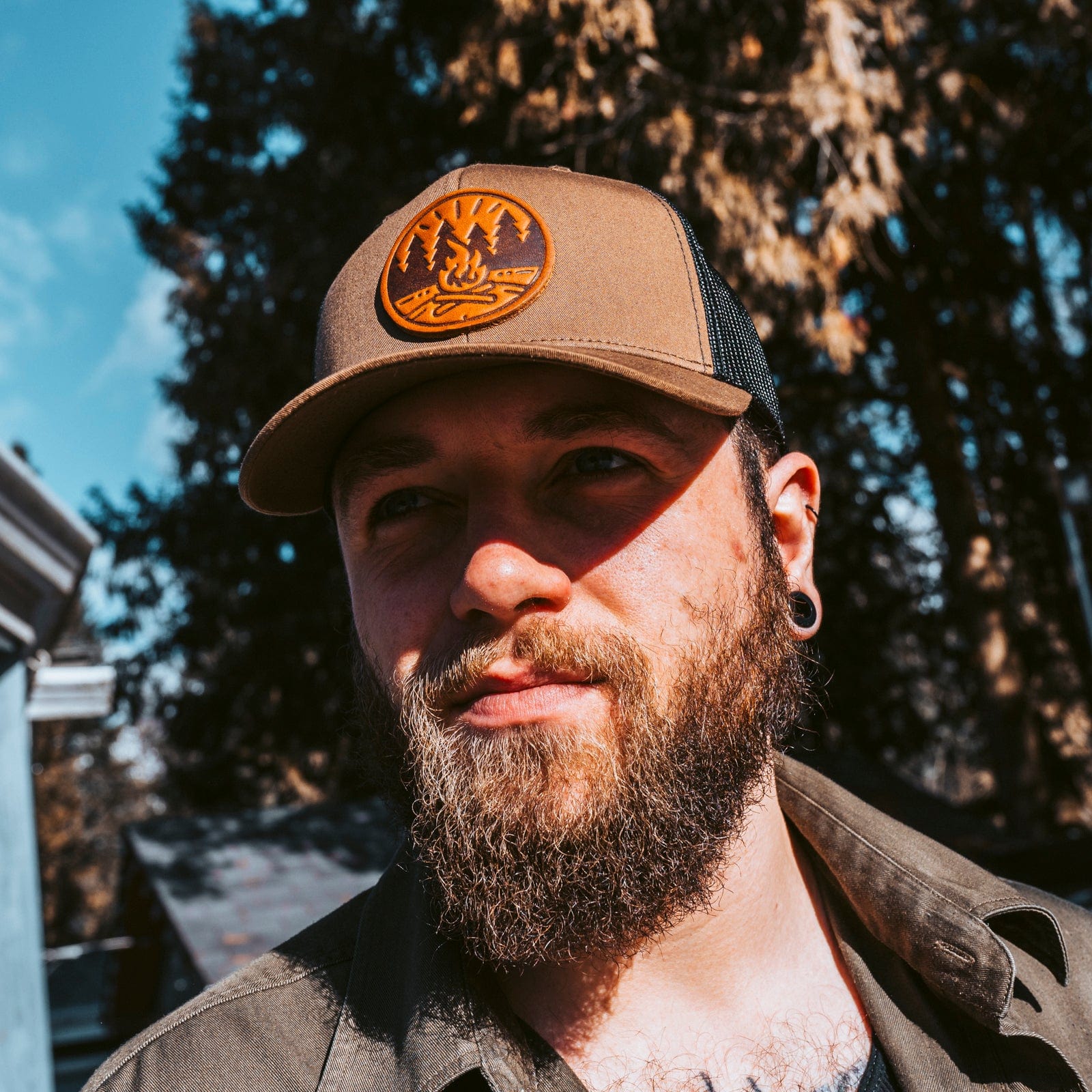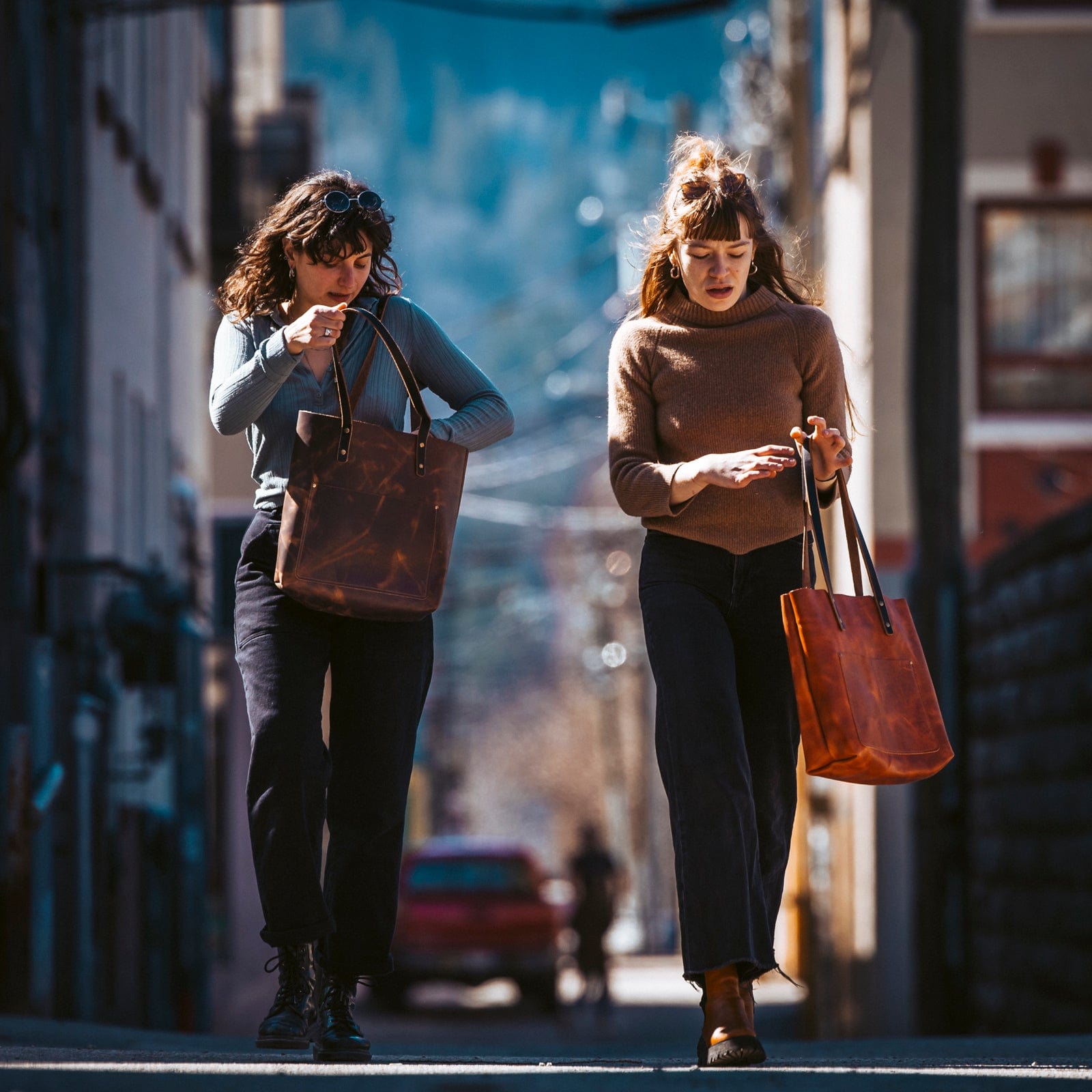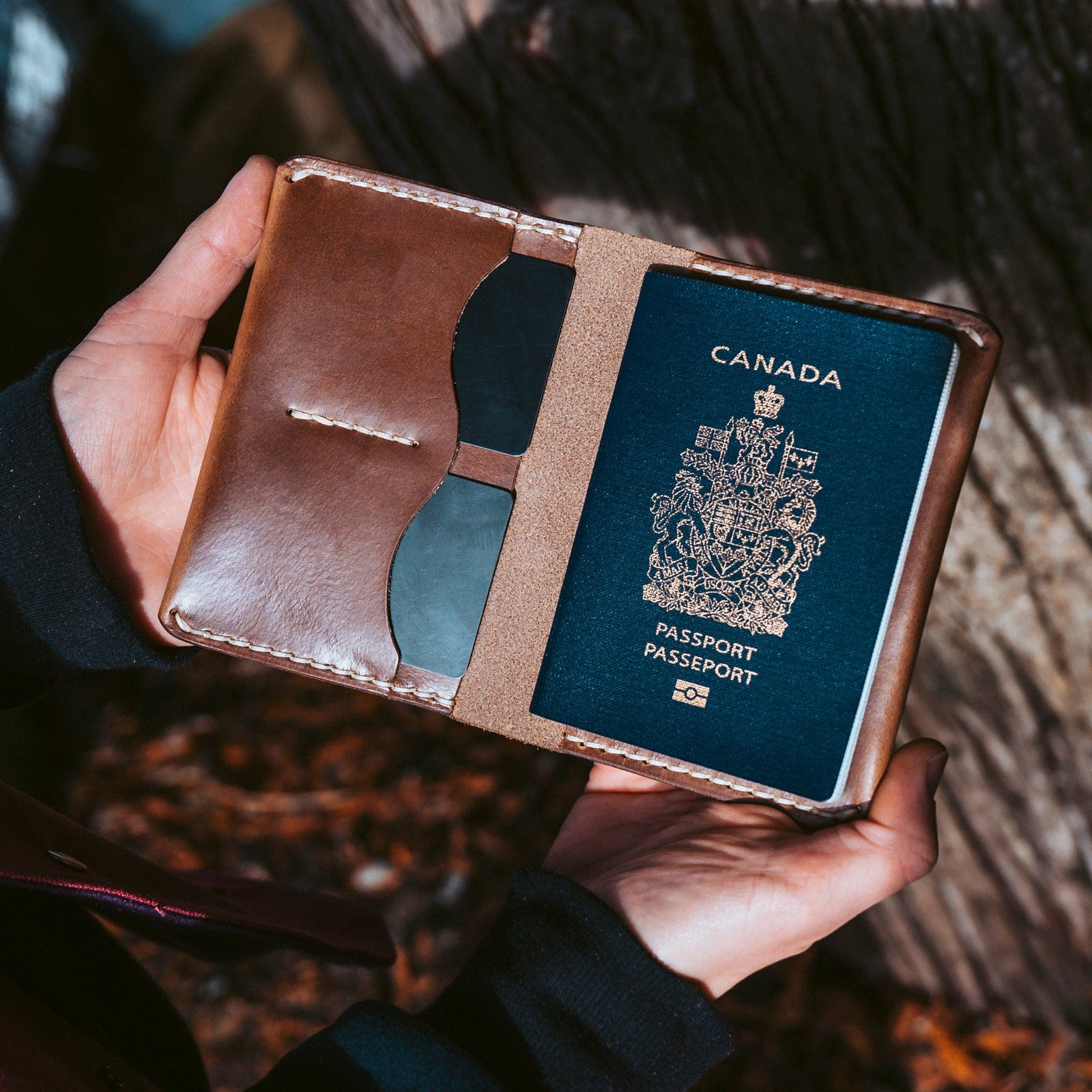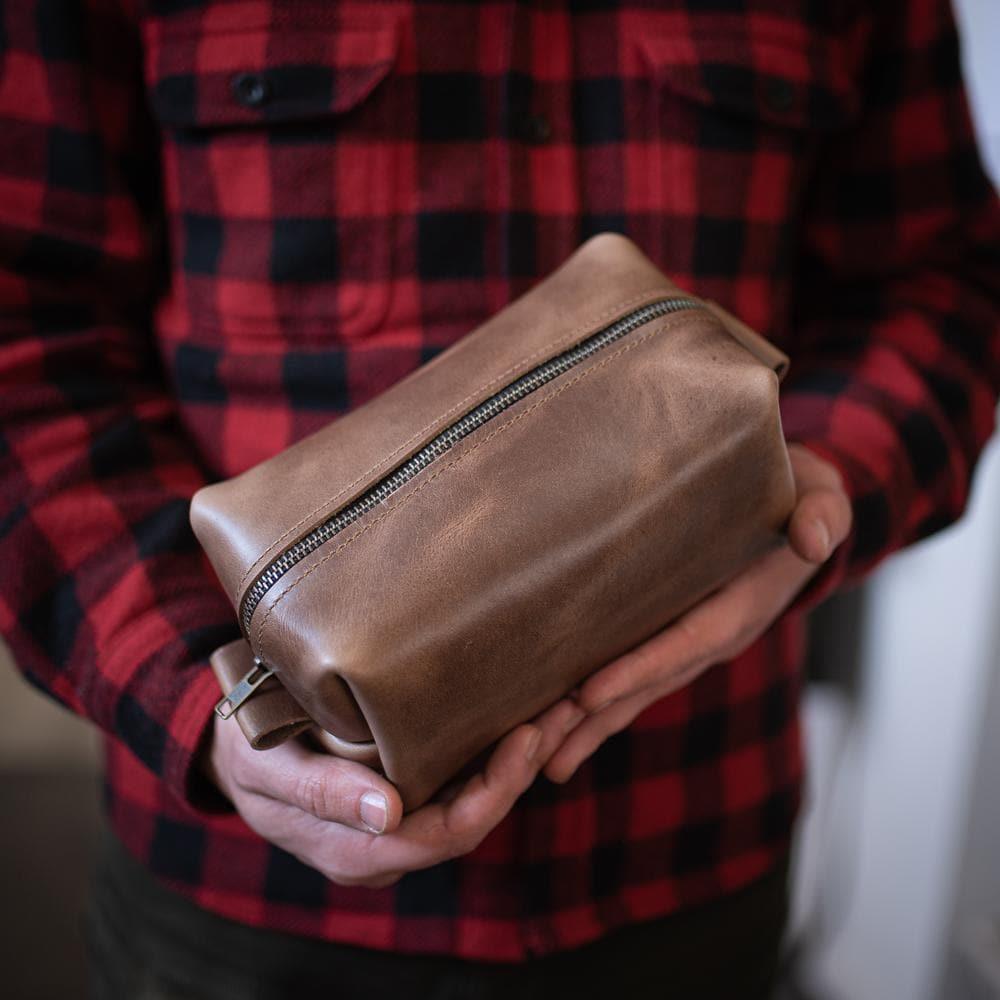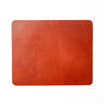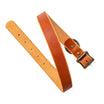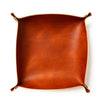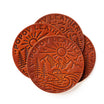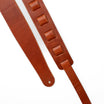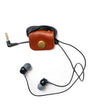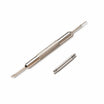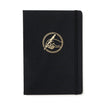Curing
Leather Terminology / Other Leather Terms
noun
Definition of Curing
The first step to producing leather is to stop the animal skin from rotting. This process is often done as soon as possible, since decomposition usually starts within five hours after slaughtering, depending on the environment and bacterial growth.
The measures taken to prevent this decomposition are collectively referred to as curing.
There are different ways to cure rawhide. I’ll outline the most reliable methods below:
Dry Salting
Involves heavily covering the rawhide with salt, then leaving it to dry. As the hide dries, the salt draws out moisture left inside the hide, making it resistant to bacterial growth while stiffening it.
Wet Salting
The rawhide is soaked in a very strong salt solution (around 15 kg of salt to 45.5 kg of cold water). It also works like the dry salt method, where the salt draws out moisture from the hide. After 12–14 hours, the hides are removed from the concentration, then drained and piled.
Note: Many prefer wet salting to dry salting because it responds better during tanning.
Sun Drying
It’s the oldest curing method. The hides are stretched and laid on the ground or hung on the poles, then left in the sun to dry. Decomposition will stop once the leather is fully dried.
However, this method is not practical in warm and humid areas. Overexposure to the sun can also cause heat damage, reducing the leather’s quality.
Freezing
Freezing or cooling is the most straightforward curing method. Fresh animal skins are packed in plastics and stored in cooling rooms, where decomposition stops immediately.
Despite its high energy costs, freezing gives the hide an unlimited shelf life, and if needed, the skins can be processed instantly as if they were coming from a slaughterhouse.
Controlled Drying
Unlike sun drying, controlled drying produces more consistent and high-quality leather. The hides are placed in a more controlled environment, normally in a controlled drying chamber.
The only downside to this curing method is the high energy costs. The chamber will need a lot of energy to control the heating, cooling, humidity, and airflow.

Once the hides are cured, they’re ready for storage or transportation to the tannery. But this will also depend on the method of curing used.
Sun dried hides, for example, must be stored or transported in a dry place (preferably in low humidity), while frozen hides must be stored or transported in their frozen states.
Example of Curing in a Sentence
"A constant in one of the leather curing processes (salting) is the application of curing salts."
Synonyms: conservation treatment
Related Terms for Curing

Written by Ryan Popoff
Ryan Popoff is the creative mind behind Popov Leather wallets, iPhone cases, belts, watch bands and journals since 2013. With a Bachelor Degree in Fine Arts, my leatherworking journey began at home. I wanted to create a simple leather wallet that could fit into my front pocket and — to my delight — it was a hit with family and friends. Hopefully you love our honest, quality leather goods too! Read more
